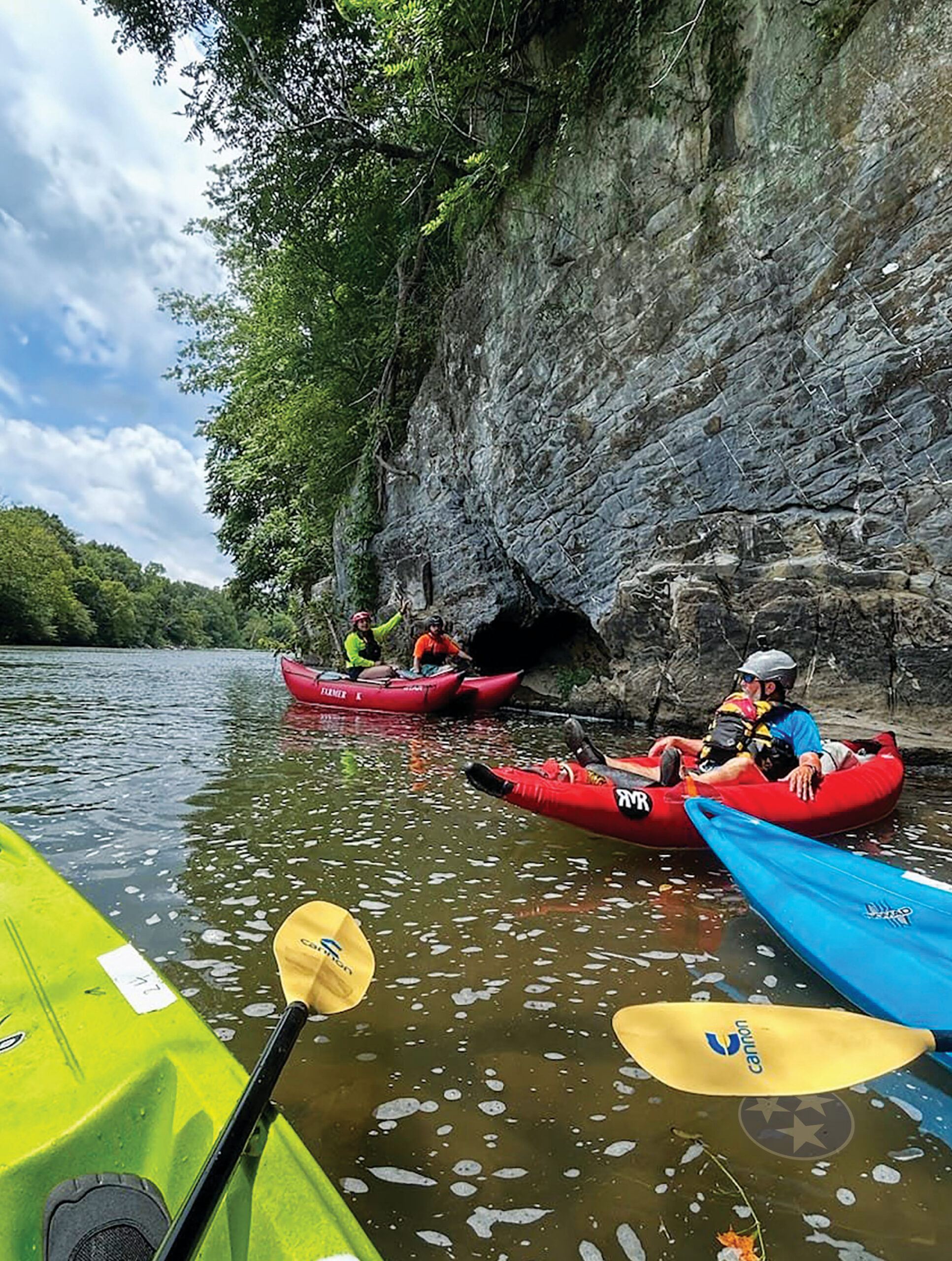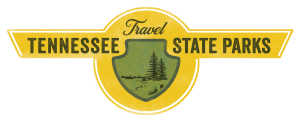 Through the 1950s Disney TV program, “Davy” Crockett became almost synonymous with the coonskin cap he might or might not have worn in real life. But David Crockett — the name he reportedly preferred to be called — wore a lot of figurative hats in his life, a life that began in northeast Tennessee near the banks of the beautiful Nolichucky River.
Through the 1950s Disney TV program, “Davy” Crockett became almost synonymous with the coonskin cap he might or might not have worn in real life. But David Crockett — the name he reportedly preferred to be called — wore a lot of figurative hats in his life, a life that began in northeast Tennessee near the banks of the beautiful Nolichucky River.
Pioneer. Soldier. Politician. Hero. Legend. Each of these words can be used when referring to Crockett, a man whose reputation became larger than life. It was a life that had its beginning near the present-day town of Limestone in 1786.
“Crockett was America’s first folk hero,” says Joe Nowotarski, park manager of David Crockett Birthplace State Park. “Part of our primary interpretive focus is to show why northeast Tennessee was important in shaping the man he was, the soil he grew out of.”
Crockett embodied what many consider the American spirit. Having no real education, he instead had the grit one needed to survive on the frontier. He ran away from home at a young age after getting in trouble for playing hooky and worked first one job and then another before returning home to work off some of the debts of his father, John. Like his father — who had been one of the Overmountain Men who fought in the Battle of Kings Mountain in the American Revolution and was involved in local politics — David became a soldier and a politician. His political career included time in the Tennessee Legislature and the U.S. Congress, a seat he lost when he opposed President Andrew Jackson’s Indian Removal Act. He was the only Tennessee member of Congress to vote against the act, one of many times he famously butted heads with Jackson.
This “King of the Wild Frontier” continued to move westward throughout his life, from East Tennessee to Middle Tennessee and finally West Tennessee before heading to Texas after losing a congressional re-election bid. It was in Texas that he died helping defend the Alamo against Santa Anna’s Mexican troops a few months shy of his 50th birthday.
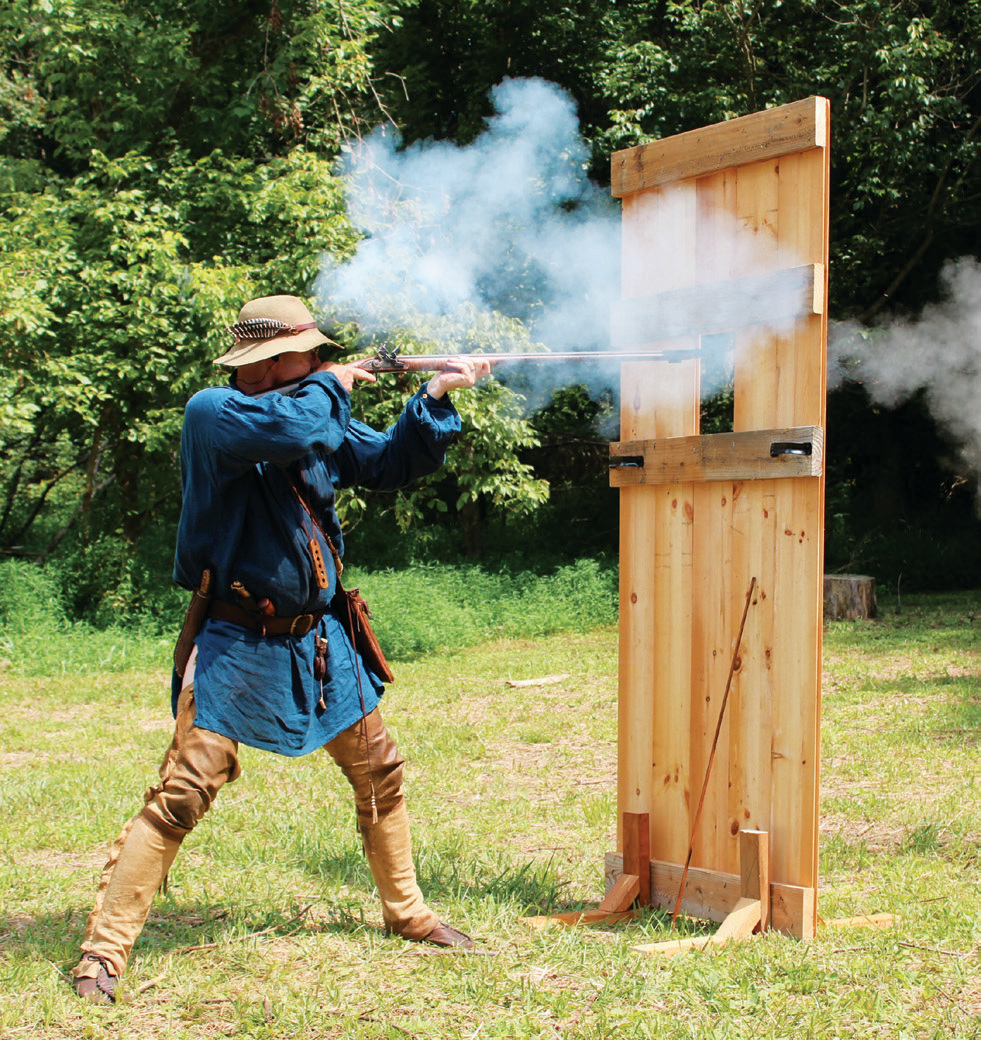
A visit to David Crockett Birthplace State Park will give you a good look into this American icon. Through the living history farmstead, replica cabin, programs and museum exhibits that are currently being updated, the early frontier comes alive. One of the best times to visit is during Crockett Days, held each year the weekend closest to Crockett’s Aug. 17 birthday. This year, his actual birthday falls right in the middle of the festivities, to be held Aug. 16–18. Historical re-enactors; demonstrations of frontier skills such as tomahawk throwing, fire starting and spinning wool; a flintlock shooting competition; and special speakers are among the offerings during the park’s biggest event of the year.
Nowotarski says that despite the park’s mission, until last year it didn’t have any artifacts from Crockett.
“A local historian, John Neth III, donated an 1834 first edition of David Crockett’s autobiography,” Nowotarski says. “On it is a notation that it was written by Augustin Smith Clayton, who was a representative from Georgia who served with Crockett in Congress.”
This interesting discovery challenges the long-held belief that Crockett’s life story was written by Rep. Thomas Chilton from Kentucky.
Adding to the story
Keifer Helle, who was park manager prior to Nowotarski taking on the position in 2021, says that when he worked at David Crockett Birthplace, his experience was that lots of people visited the park to learn something new about Crockett. He suggests adding nearby sites to an overall visit of the area, including Sycamore Shoals State Historic Park in Elizabethton, which is about 45 minutes from David Crockett Birthplace. It was from there that the Overmountain Men headed to Kings Mountain.
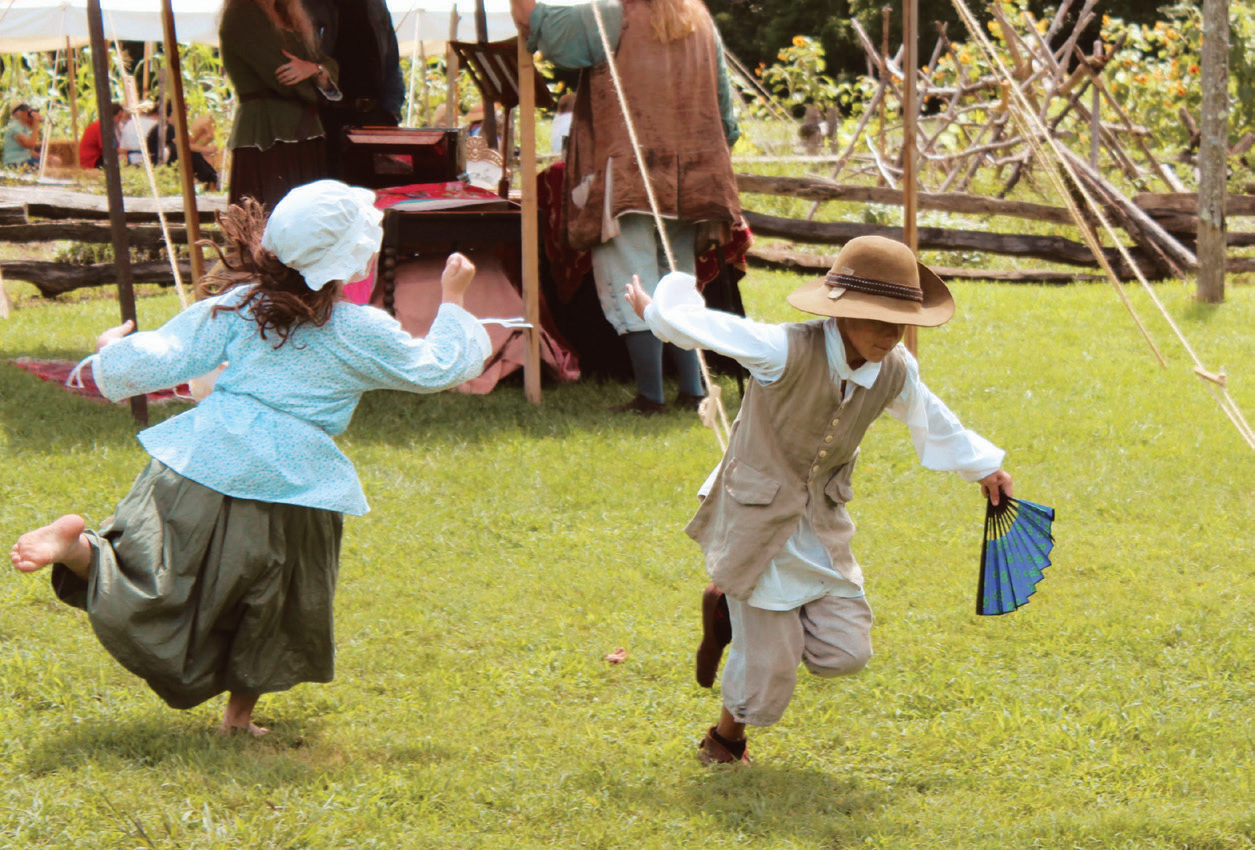
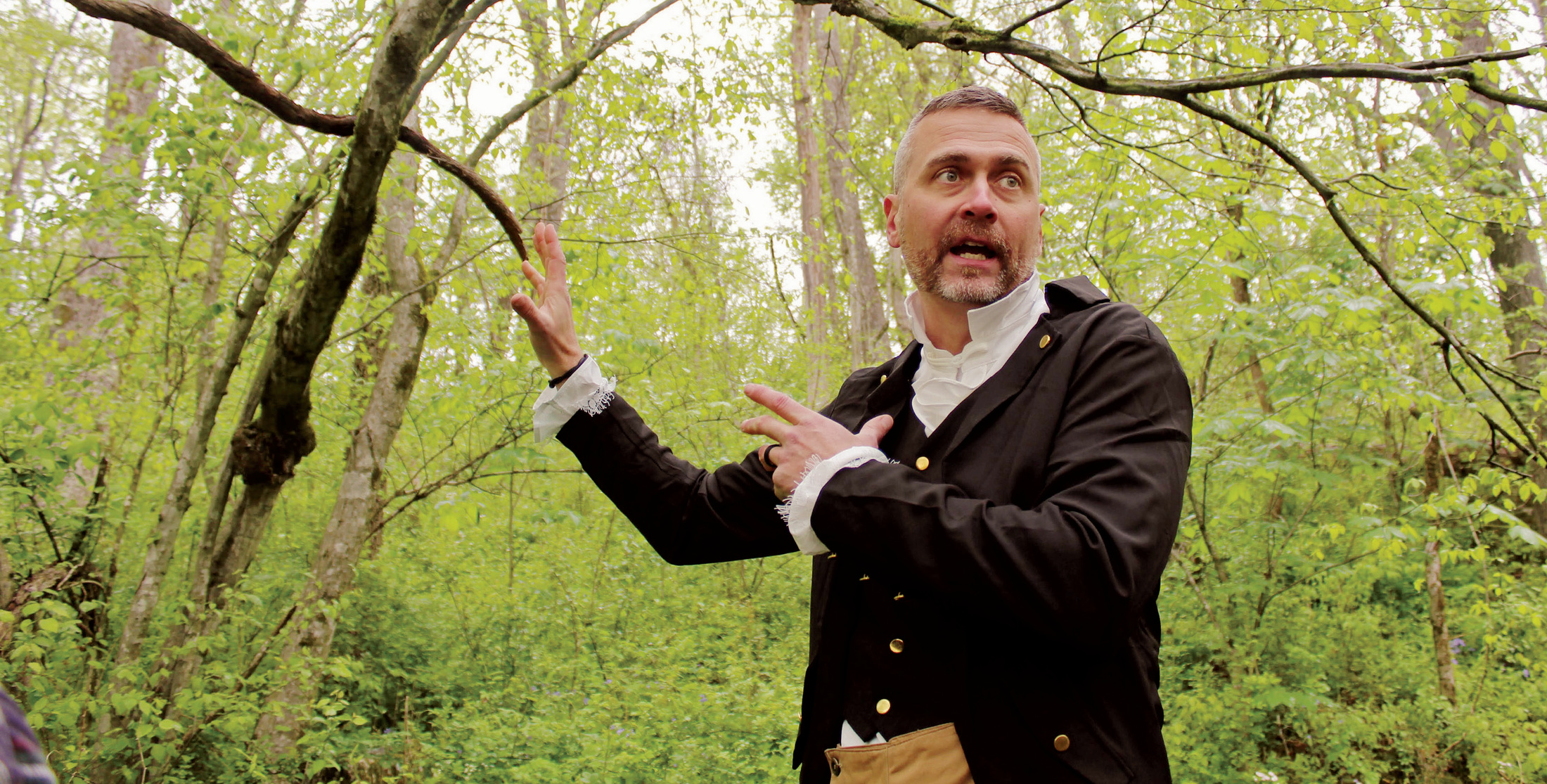
Learning about the Lost State of Franklin also helps build on the Crockett family’s story as John Crockett was a proponent of the independent State of Franklin.
“This tour of Sycamore Shoals State Historic Park back to Crockett Birthplace can provide a lot more context on life in this area and how David’s father and mother navigated through the good, bad and ugly,” Helle says.
Another place to add to your Crockett itinerary is the Crockett Tavern Museum in Morristown (about 50 minutes from the park), which stands on the approximate site of the tavern John Crockett opened in 1794 on a stagecoach route.
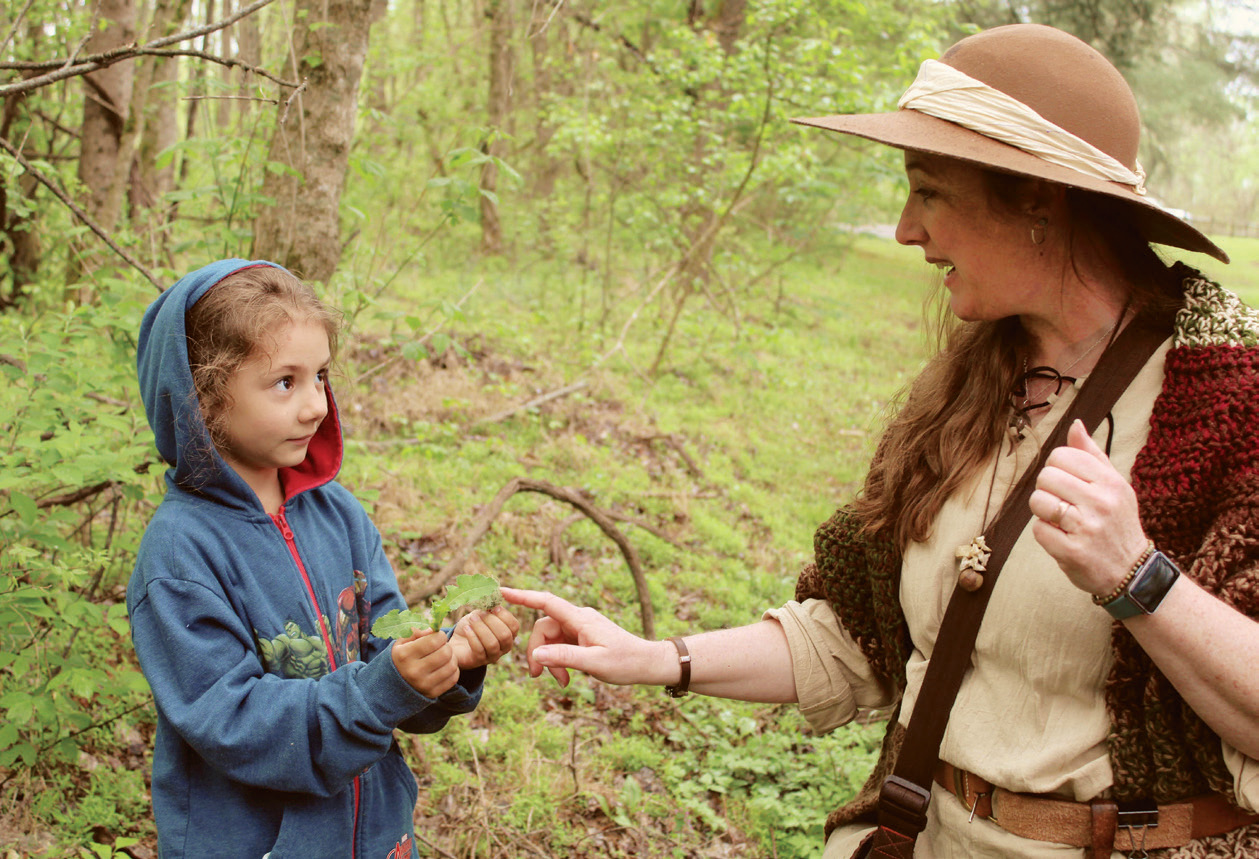
A place for recreation
Entwined with the rich history of the park are recreational opportunities. This area was once known as the Nolichucky Settlements. Tennessee’s two oldest towns — Jonesborough and Greeneville — grew out of those settlements.
Today the Nolichucky River provides good fishing for largemouth and smallmouth bass, redeye, bluegill, crappie and catfish. Personal kayaks and canoes can also be launched from designated points in the park.
You can enjoy the natural beauty of the park on any of the three short hiking trails or one of the picnic areas.
If you’re a birder or wildflower enthusiast, check out the various habitats located throughout the park.
Camping is available at the 88 sites within the park, 54 of which have full hook-ups.
“We have a lot to offer in a small package,” Nowotarski says of the 105-acre park. “It’s nice to be at the helm, captain of the ship, of this great resource and helping determine its long-term trajectory. There’s something new and different every day.”

